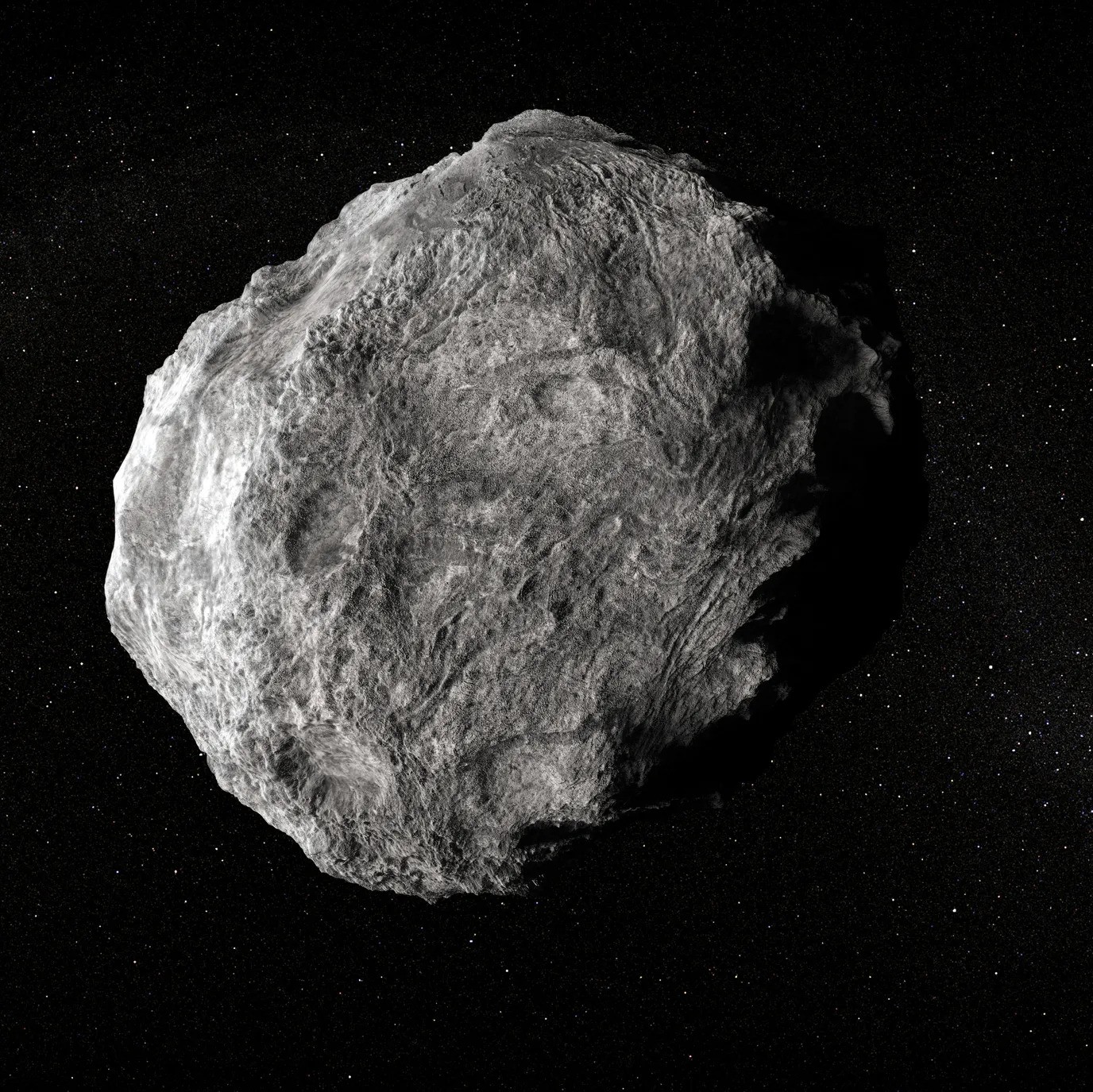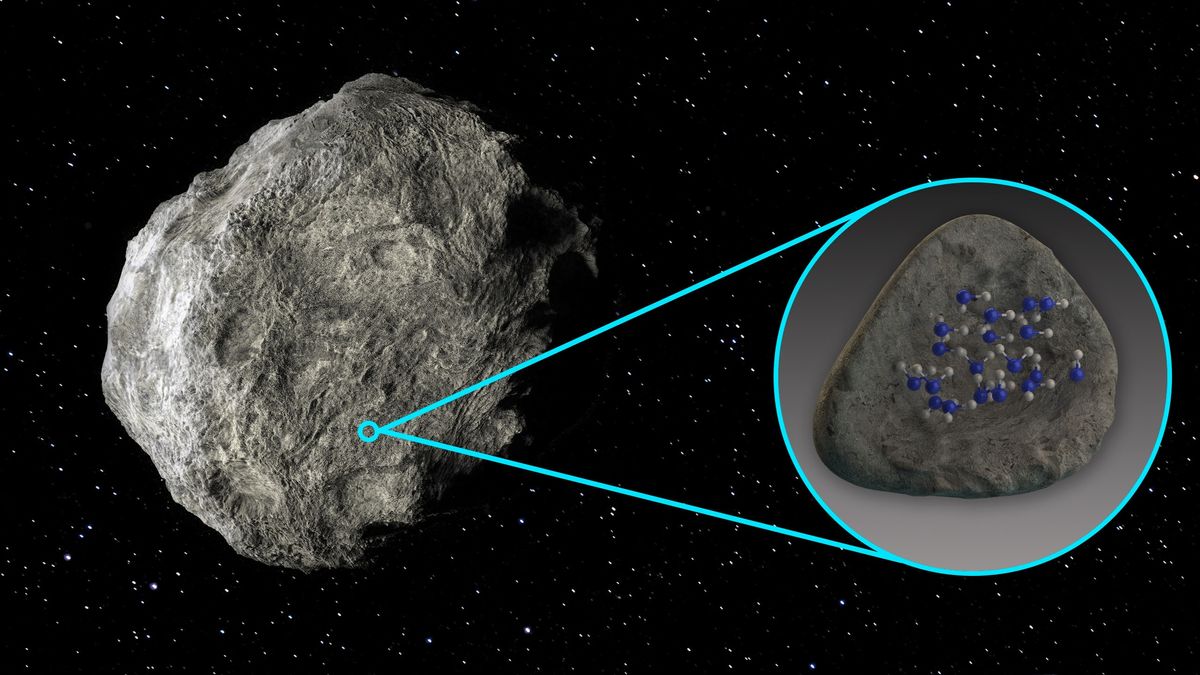Water Discovered On The Surface Of An Asteroid For The First Time Ever
Water discovered on the surface of an asteroid for the first time ever. This discovery offers valuable insights into the distribution of water within our solar system.
Author:Rhyley CarneyReviewer:Paula M. GrahamFeb 16, 202410.3K Shares138.4K Views

Water discovered on the surface of an asteroid for the first time ever. This discovery offers valuable insights into the distribution of water within our solar system.
The study focused on four silicate-rich asteroids and utilized data collected by the retired Stratospheric Observatory for Infrared Astronomy (SOFIA), a telescope-equipped aircraft jointly operated by NASA and the German Aerospace Center.
Using SOFIA's Faint Object InfraRed Camera (FORCAST) instrument, scientists observed a distinct wavelength of light on two of the asteroids, named Iris and Massalia. This signature indicated the presence of water molecules on the surface, marking a significant advancement in our understanding of celestial bodies.
"Asteroids are leftovers from the planetary formation process, so their compositions vary depending on where they formed in the solar nebula," study lead author Anicia Arredondo, of the Southwest Research Institute in San Antonio, said in a statement. "Of particular interest is the distribution of water on asteroids, because that can shed light on how water was delivered to Earth."
Although water molecules have been identified in asteroid samples brought back to Earth before, this marks the initial instance of detecting water molecules on the surface of an asteroid in space. In an earlier investigation, SOFIA also discovered comparable traces of water on the moon's surface, specifically within one of its largest craters located in the southern hemisphere.
“„We detected a feature that is unambiguously attributed to molecular water on the asteroids Iris and Massalia. We based our research on the success of the team that found molecular water on the sunlit surface of the moon. We thought we could use SOFIA to find this spectral signature on other bodies.- Anicia Arredondo
SOFIA's observations of the moon unveiled an amount of water roughly equivalent to a 12-ounce bottle trapped within a cubic meter of soil scattered across the lunar terrain. This water was found to be chemically bound to minerals. In a recent study conducted by scientists from SwRI, it was determined that the abundance of water present on the two asteroids resembled that observed on the moon. This water could also be bound to minerals, akin to the lunar surface, or adsorbed within silicate, according to the researchers.
The asteroids Iris and Massalia, with diameters of 124 miles (199 kilometers) and 84 miles (135 km) respectively, share similar orbits. They travel an average distance of 2.39 astronomical units (AU), which is equivalent to the distance between the sun and Earth.
"Anhydrous, or dry, silicate asteroids form close to the sun while icy materials coalesce farther out," according to the statement. That's because any water present on the surface of objects in the inner solar system was thought to evaporate from the heat of the sun. "Understanding the location of asteroids and their compositions tells us how materials in the solar nebula were distributed and have evolved since formation."
Hence, the discoveries made at Iris and Massalia imply that certain silicate asteroids can retain a portion of their water over extensive periods, potentially being more prevalent in the inner solar system than previously assumed. Indeed, asteroids are thought to serve as the primary reservoir of Earth's water, supplying the essential components for life as we understand it. Enhancing our comprehension of water distribution throughout space will aid researchers in more accurately pinpointing locations to explore other potential life forms, both within our solar system and beyond.

Rhyley Carney
Author

Paula M. Graham
Reviewer
Latest Articles
Popular Articles
